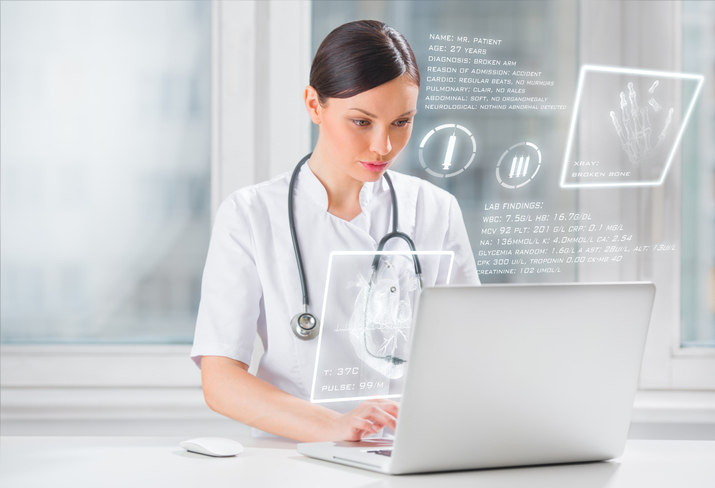
@ShahidNShah


In recent years, RPM has fundamentally evolved, enabling more sophisticated clinical monitoring. Legacy vendors known for their medical devices now struggle to horizontally integrate software, hardware, and user experience together into a single platform, while newer companies have taken advantage of advances in IoT, artificial intelligence, and cloud computing to expand the possible clinical use cases for RPM.
For many within healthcare, the thought of continuous health data may seem excessive, especially since legacy products set an expectation that every data point requires clinical attention to review.
Ultimately, the ability of RPM to improve healthcare delivery is contingent on the intervention. It is not enough to identify health deterioration if there is not a quick or easy way to intervene. While this aspect of RPM receives the least focus, it is the most important.
Continue reading at medcitynews.com
To help negate the threat of infection and provide medical staff with accurate and reliable patient vital readings – both inside and outside of the care setting – hospitals and healthcare facilities …
Connecting innovation decision makers to authoritative information, institutions, people and insights.
Medigy accurately delivers healthcare and technology information, news and insight from around the world.
Medigy surfaces the world's best crowdsourced health tech offerings with social interactions and peer reviews.
© 2025 Netspective Foundation, Inc. All Rights Reserved.
Built on Apr 2, 2025 at 6:10am